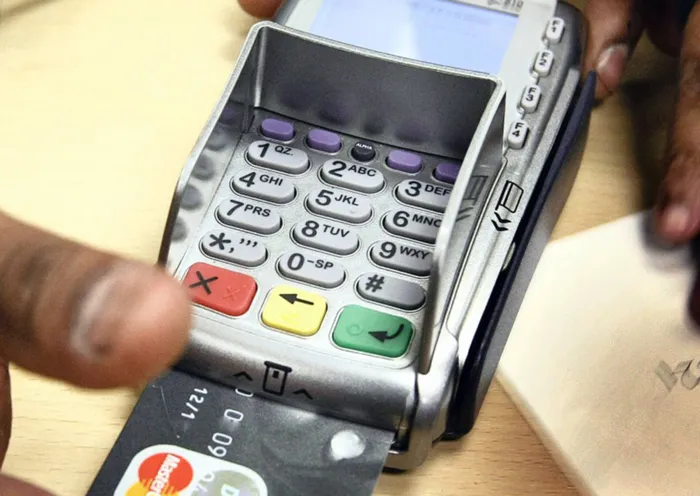Rising debt stress forces South Africans to turn to pricey loans for survival
DEBT

DebtBusters Q2 2025 Debt Index released on Wednesday indicated that consumers continue to use loans to make ends meet as the cumulative effect of inflation erodes their income
Image: Simphiwe Mbokazi/ Independent Media
The majority of South African consumers who applied for debt counselling in the three months to June were using personal loans to make the ends meet as the cumulative effect of inflation erodes their income.
This is according to the DebtBusters' Debt Index for the second quarter, which underscored the harsh financial realities faced by South African consumers amidst continued economic pressure.
DebtBusters noted that a staggering 95% of individuals who sought out debt counselling during the quarter had taken out personal loans, while more than half (54%) relied on one-month payday loans.
While these short-term loans have become a critical financial lifeline for struggling households, they carry a steep price, with interest rates often exceeding 23% per annum.
Despite a slight easing of inflation, families continue to grapple with soaring costs of essential services.
“Regulated expenses, such as electricity tariffs and municipal rates, remain the primary drivers of inflation,” explained DebtBusters.
The data reveals that since 2016, electricity tariffs have skyrocketed, climbing more than two-and-a-half times, while petrol prices surged by 75%. Municipal rates in major metropolitan areas are also escalating each year at double-digit rates, compounding the financial strain on households.
While signs of relief have emerged through interest rate reductions and access to retirement savings via the two-pot system, many consumers remain trapped in a cycle of debt.
More than 2.2 million South Africans have accessed their retirement funds through this system, significantly affecting their financial futures.
Benay Sager, executive head of DebtBusters, said that while interest rate reductions were welcome, expensive, high-interest personal loans were placing consumers under very real pressure.
“The average interest rate for unsecured debt is at 23% per annum. While lower than before, this rate is not possible to service for several years at a time,” he said.
“The median debt-to-annual-income ratio has increased to 112% after declining for most of 2024. Further, the share of income required to service debt has increased to 70%, the highest level since 2017.”
The stark reality is compounded by decreasing purchasing power.
Data from the report indicates that since 2016, nominal incomes have barely increased by 2% against the backdrop of a staggering 51% cumulative inflation rate.
Consequently, families now find that their pay packets afford them 49% less than they did nine years ago.
High-income earners are not exempt from this debt crisis. For those earning over R20 000 monthly, the debt-to-annual income ratio is at 138%, spiking to 185% for those earning R35 000 or more.
This dramatic increase illustrates an unsustainable trend that has escalated unsecured debt levels by 33% for all earners and 79% for top earners over the past nine years.
Neil Roets, CEO of Debt Rescue, further corroborated these findings, observing that many South Africans were resorting to credit just to get through each month.
“The cumulative effect of years of high inflation has steadily eroded household income, leaving families with far less purchasing power,” Roets said.
“While inflation may have slowed overall for a few months recently, the essentials that people cannot avoid, such as food, electricity, transport, and municipal rates, remain stubbornly high.”
Roets noted a worrying dependence on payday loans for immediate financial relief, cautioning that while these loans address short-term needs, they often perpetuate an ongoing cycle of financial distress.
He said rhese loans may provide temporary relief during the month, but they come at a heavy price.
“Consumers are increasingly forced to use whatever credit is available to them to cover these basic costs. Credit cards, store accounts, and personal loans are being used not for luxuries, but for survival, to put food on the table, keep the lights on, and pay for transport to work.”
BUSINESS REPORT